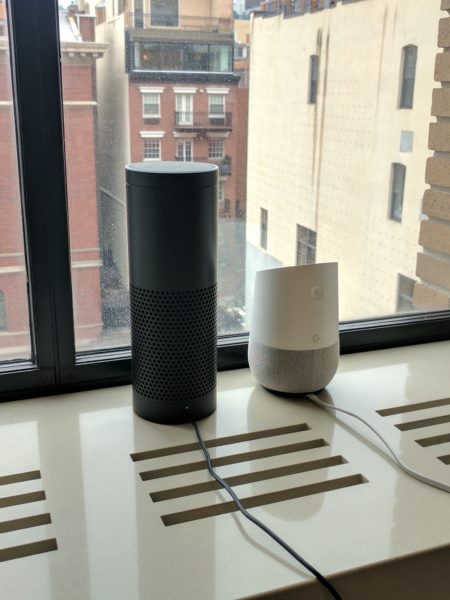Yesterday Medium announced that they are moving away from ads and thinking about a different kind of business model for their online publishing network.
I saw this tweet suggesting they are looking at Spotify for inspiration:
I don’t have any inside information here. USV is not an investor in Medium and I am not privy to any of the strategic thinking at Medium. So they may not be looking at Spotify for inspiration. But they are certainly looking around to figure out where to go from here.
I don’t think Spotify (music), or Netflix (video), or Amazon (books), should be the inspiration for online publishers in search of a new business model. The sad truth is most people are not going to pay a monthly subscription for online publishing content. Certainly not for blog posts by people they have never heard of.
The new online publications that have a paywall have built nice small businesses that pay the bills and maybe make some money for the founders. That’s a great way to go if you want to be small. But if you want to be a large network with millions of readers and publishers, as Medium already is (2 billion words written on Medium in the last year. 7.5 million posts during that time. 60 million monthly readers), a paywall is not going to work.
I think the blockchain based social network Steem would be a more interesting place for the Medium team to poke around at. Here’s the Steem white paper. That’s a good place to start.
To be clear, I don’t think Steem has this all figured out. I don’t own any Steem (or at least I don’t think I do). And I think they have made things a bit too complicated with their tokens and incentives. To their credit, they have taken steps to simplify things and they are headed in the right direction.
The thing about token based business models is that the token captures the value of the network as it grows and it is the only business model that exists for the network. You can buy tokens if you want to speculate on the value of the network (or invest in the online publication business, as it were). You can earn tokens by participating in the network (or by publishing content on the online publishing network, as it were). You can spend tokens to participate in the network (or by engaging in or curating the online publishing network, as it were).
Twitter could also go this route but clearly it would be harder for them to move away from an ad-based business model than it was for Medium. And believe me, it was not easy for Medium to do this.
The most likely companies that are going to figure out this token based business model are startups. They have nothing to lose and everything to gain. It would be stunning, bold, and brilliant for Medium to do this. I hope they do.

